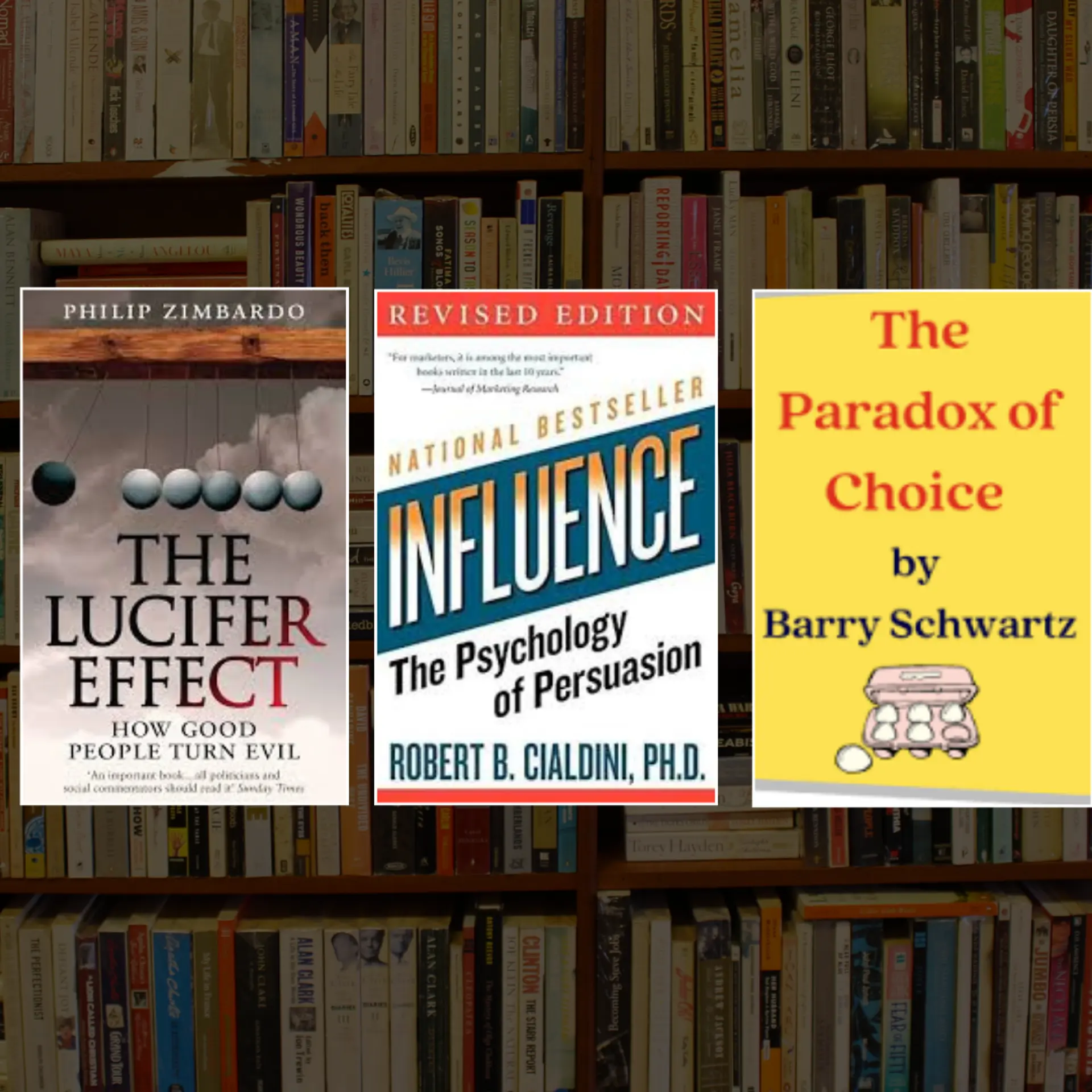AI Terminologies 101: Explore Ensemble Learning for Robust and Accurate AI Predictions
Uncover the principles and techniques of Ensemble Learning in this AI Terminologies 101 guide, detailing how Bagging, Boosting, and Stacking can elevate AI model performance and accuracy.
Ensemble Learning is a technique in machine learning that combines the predictions of multiple models to improve the overall performance and reduce the likelihood of overfitting. It leverages the strengths of multiple algorithms to achieve better results. In this article, we will explore the concept of Ensemble Learning, its underlying principles, and its applications across various domains.
Ensemble Learning involves the use of multiple models, often referred to as base learners, to make predictions for a given problem. The key idea behind this technique is that by combining the outputs of several models, the ensemble can achieve better performance than any single model. There are three main types of Ensemble Learning techniques:
- Bagging (Bootstrap Aggregating): Bagging is a technique where multiple base learners are trained independently on different subsets of the training data. These subsets are created by sampling with replacement from the original dataset. The final prediction is obtained by averaging (for regression) or taking a majority vote (for classification) of the base learners' predictions.
- Boosting: Boosting is an iterative method where base learners are trained sequentially, with each new model focusing on the errors made by the previous models. The final prediction is a weighted combination of the base learners' predictions, with weights typically determined by the performance of each learner.
- Stacking: Stacking involves training multiple base learners on the same dataset and then using their predictions as input to a meta-model, which combines the predictions to make the final decision. This technique enables the ensemble to learn how to best combine the base learners' predictions.
Ensemble Learning has been successfully applied in various domains, including computer vision, natural language processing, and healthcare. Some popular ensemble methods include Random Forests, Gradient Boosting Machines, and XGBoost. These methods have proven to be effective in improving model performance, reducing overfitting, and increasing the robustness of predictions.
Ensemble Learning is a powerful technique in artificial intelligence and machine learning, enabling researchers and developers to combine the strengths of multiple models to achieve better results. As AI technologies continue to advance, the potential applications and benefits of Ensemble Learning will become increasingly significant.
In future articles, we'll dive deeper into other AI terminologies, like Graph Neural Networks, Federated Learning, and Feature Engineering. We'll explain what they are, how they work, and why they're important. By the end of this series, you'll have a solid understanding of the key concepts and ideas behind AI, and you'll be well-equipped to explore this exciting field further.








